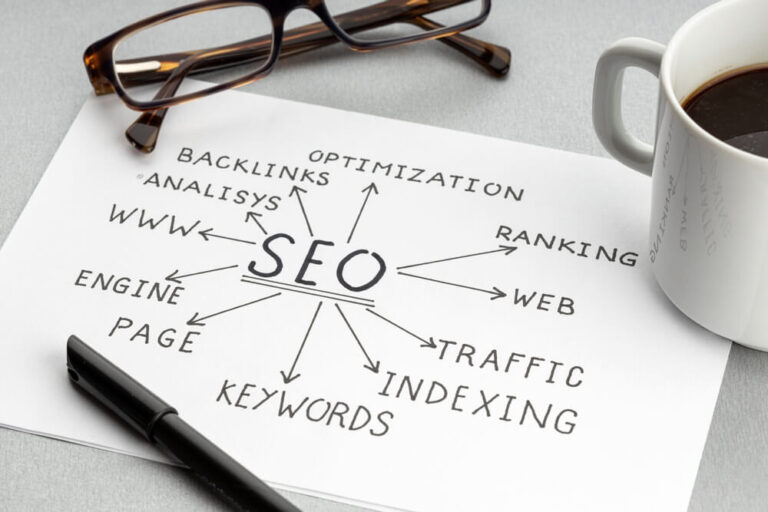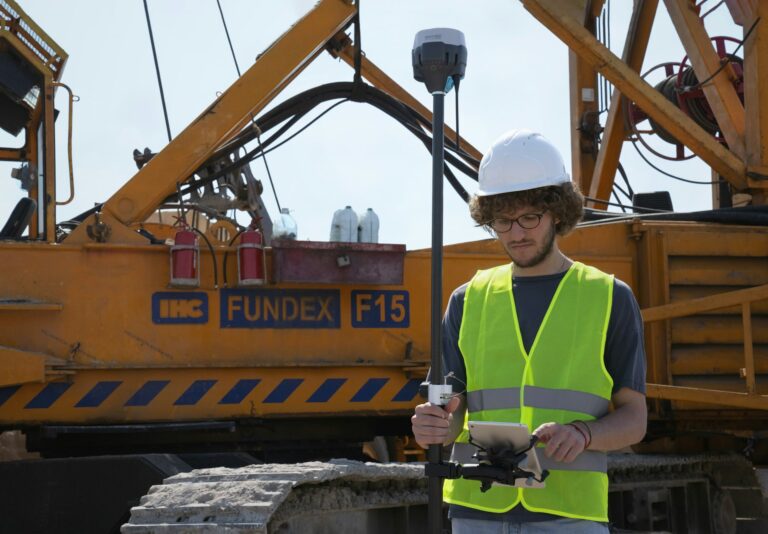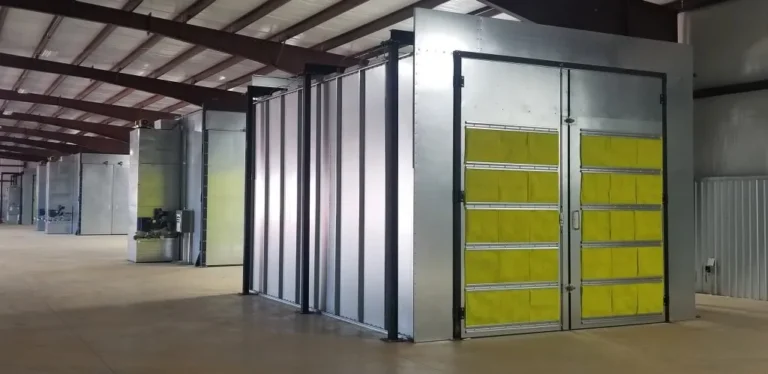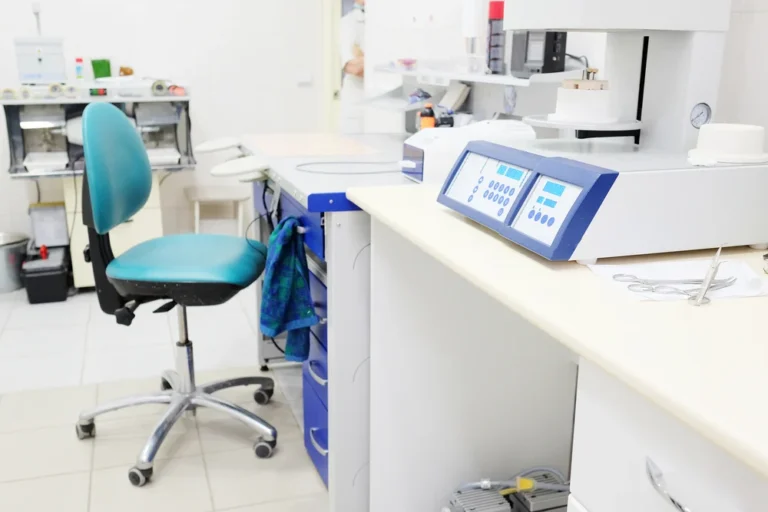The advancement of technology within today’s offices has ignited a heated debate over the monitoring of employees. This comprehensive guide aims to explain how monitoring solutions can help optimize productivity while ensuring the employee’s privacy is kept intact. Instead of taking sides, this article analyzes the debate and tries to make sense of it all practically, ethically, and legally.
How Much Can an Organization See: The Intersection of Privacy and Work Productivity?
One of the challenges of using employee monitoring software is balancing privacy and productivity. This in-depth guide explores the complex nexus of organizational challenges and potential solutions, offering useful insights along the way. We’ll delve into this problematic challenge, examining the legal landscape, strategies for building trust and transparency, and the role of modern monitoring technology. Specifically, we’ll look at Controlio as a software tool, SaaS application, and app, exploring its capabilities and how it can be implemented. Real-world case studies will further illustrate these points.
Examine the Law and the Rights of the Workers
You must first appreciate the legal aspect of the issue, which is particularly sensitive when it comes to monitoring employees. Different regions have different laws and regulations with clear dos and don’ts for the employers in different jurisdictions. For instance, while some regions require prior notice to be served to employees before any monitoring equipment can be installed, others do not.
Employers should always be more aware concerning employee’s rights that fall under the scope of legislation, particularly privacy. Legislations naturally seek to balance these rights with the employers requirement to control for productivity, and this is a legal tightrope walk that requires careful balancing. This part pays attention to the relationship between two sets of laws and decides to draw certain legal consequences upon employers who overreach the proper legal boundaries.
As remote work becomes more common and more people working on business projects communicate through digital resources, the approach to the legalities of at-work’s privacy is changing. This change has an impact on how laws pertaining to employee supervision are understood and put into practice. We shall analyze some of the most recent legal cases and rulings that have set moving, and at times troubling, important milestones in this field of law so that both the employer as well as the employees understand what these changes mean to them.
Encouraging Trust and Transparency in Monitoring Procedures
To successfully install workplace monitoring software, businesses must first establish trust and transparency with employees. Therefore, a good balance needs to be found between productivity improvement and privacy with regard to supervision of employees.
Establishing a Trustworthy and Transparent Monitoring Structure
Open Interaction: Set talks with employees on the base monitoring system and the scope of data exploration on the Internet and explain why they are collected.
Creation of Policies: Prepare simple and easily understandable policies on monitoring and use of the Internet that are in the custody of all employees and are easily accessible.
Involving Employees: Engaging employees actively in conversations regarding the application of the software to be monitored and listening to their suggestions helps mold reasonable policies.
Trust Maintenance and Ethics:
Privacy Monitoring Limits: Privacy boundaries and boundaries to be monitored should be specified. Any monitoring done should first target business activities, which can lead to personal productivity. Sensitive and personal data should never be monitored.
Progress Feedback: There should also be a feedback system to help employees express their views on the progress or development monitoring of the progression method in any setting.
Data Focused on Increasing Workplace Efficiency: The data collected should be targeted and focused on efforts to increase productivity at work. There must be minimal possibilities to circumvent the systems in place meant to secure data, as well as strong and overpowering methods to secure data.
Using these tools, one can achieve a working environment that accepts the monitoring tools as helpful and not intrusive. The ideal scenario is one in which the machine is used to help achieve productivity goals while simultaneously respecting the personal space of the employees. This facilitates productivity, and the established monitoring tools are accepted and useful already in achieving a higher culture of respect.
Innovations in Technology of Workplace Surveillance
The adoption of new technologies has changed workplace monitoring. Such changes are improving how employers are able to measure productivity and manage workforce performance. The scope of modern monitoring tools has grown widely, from sophisticated data analytics to real-time monitoring systems. One such software application is Controlio, which is one of the best examples of a sophisticated workplace monitoring tool.
New Innovations in Surveillance Technology: An Overview
Artificial Intelligence Sophisticated Data Analytics: Integration of advanced data analytics to monitoring tools will enable comprehensive analyses of employee performance. There is growing use of artificial intelligence (AI) to make predictions, optimize workflows, and determine areas to improve using complex pattern recognition systems.
Modern Real-Time Monitoring with Instant Feedback: These technologies range from tracking project progress to employee task engagement. The tools allow immediate feedback, thus creating a more responsive work atmosphere.
Enhanced Remote Work Monitoring: There are specialized tools developed to monitor employees working from home. These technologies are primarily focused on measurement of digital engagement, project milestones, and virtual collaboration.
Integrated Platforms for Communication and Monitoring: The shift toward integrated work environments is apparent in systems that incorporate communication and monitoring features. Striving for effective interaction and oversight are achieved through these comprehensive systems, especially for remote and distributed teams.
Conclusion
These developments are changing the mechanics of monitoring through the incessant provision of new technological tools, as well as the accompanying dynamics of workplace culture. Productivity and efficiency, for example, can now be enhanced with powerful tools. But there is a caveat: such tools need to be exercised with utmost caution. The ethical ramifications of these technologies need no underestimating. Protecting employee privacy, data security, and trust is of utmost importance. The modern organization has to reap the promising fruits of advanced technology while at the same time nurturing a culture of respect, transparency, and support. Striking such balance is vital for the responsible integration of advanced workplace monitoring solutions in the rapidly changing world of work.









